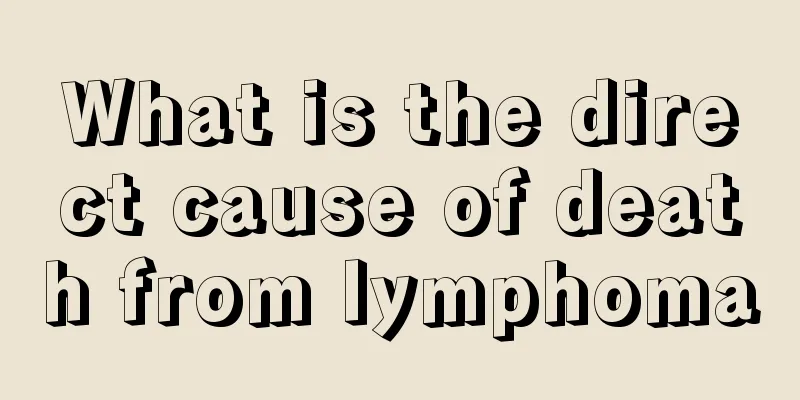Clinical manifestations of colon cancer

|
Most patients with colon cancer are middle-aged or older, with a median age of 45, and about 5% of patients are under 30 years old. The clinical manifestations of colon cancer vary depending on the size, location and pathological type of the lesion. Many patients with early colon cancer may have no clinical symptoms, but as the disease progresses and the lesion continues to grow, a series of common symptoms of colon cancer may occur, such as increased frequency of bowel movements, blood and mucus in the stool, abdominal pain, diarrhea or constipation, intestinal obstruction, as well as general fatigue, weight loss and anemia. 1. Early symptoms: In the earliest stage, there may be abdominal distension, discomfort, and indigestion-like symptoms, followed by changes in bowel habits, such as increased bowel movements, diarrhea or constipation, and abdominal pain before defecation. Later, there may be mucus in the stool or mucus-purulent blood in the stool. 2. Symptoms of poisoning Due to blood loss caused by tumor ulceration and absorption of toxins, patients often experience anemia, low fever, fatigue, weight loss, edema, etc., among which anemia and weight loss are particularly prominent. 3. Intestinal obstruction is manifested by incomplete or complete low-position intestinal obstruction symptoms, such as abdominal distension, abdominal pain (distension or colic), constipation or constipation. Physical examination can reveal abdominal distension, intestinal type, local tenderness, and hyperactive bowel sounds. 4. The abdominal mass is a tumor or a mass that has infiltrated and adhered to the omentum and surrounding tissues. It is hard and irregular in shape. Some of them may have a certain degree of mobility along the intestinal tract. In the late stage, the tumor infiltration is more severe and the mass may be fixed. 5. Late-stage symptoms include jaundice, ascites, edema and other signs of liver metastasis, as well as cachexia, a mass in the anterior rectal fossa, supraclavicular lymph node enlargement and other manifestations of distant tumor spread and metastasis. |
<<: Specific manifestations of colon cancer
>>: Health guidance for gastric cancer patients after surgery
Recommend
Hazards of rust remover
We know that some metals often rust outdoors or i...
What are the chemotherapy options for lung cancer? 6 drug therapies are more reliable
More and more people are unfortunately suffering ...
The principle of tooth extraction
Teeth are good helpers for people to chew food, a...
How to treat ovarian tumors
If there is metastasis, radiotherapy and chemothe...
What happens if people sleep too much
Sleep is an activity that everyone must perform e...
What should I avoid eating after getting rabies vaccine?
In life, we often come into contact with small an...
What are the symptoms of throat hemangioma
I believe that many people have experienced sore ...
How to use cooking wine, 6 of which are used
Cooking wine is a very mellow-flavored wine with ...
A lot of blood was shed the first time
When girls have sex for the first time, they usua...
What should you pay attention to in your diet after breast cancer surgery?
After breast cancer surgery, the most important t...
What medicine should I take for spleen pain
The spleen is an important immune organ in the hu...
Different types of clinical manifestations of Hodgkin's lymphoma
Hodgkin's lymphoma can be divided into five t...
Can I wear contact lenses if I have trachoma
The occurrence of trachoma causes distress to man...
Why does hot pot cause internal heat
In life, many people like to eat hot pot, especia...
What is dry tongue? Symptoms of dry tongue
Dry tongue is very common in life. This disease i...









